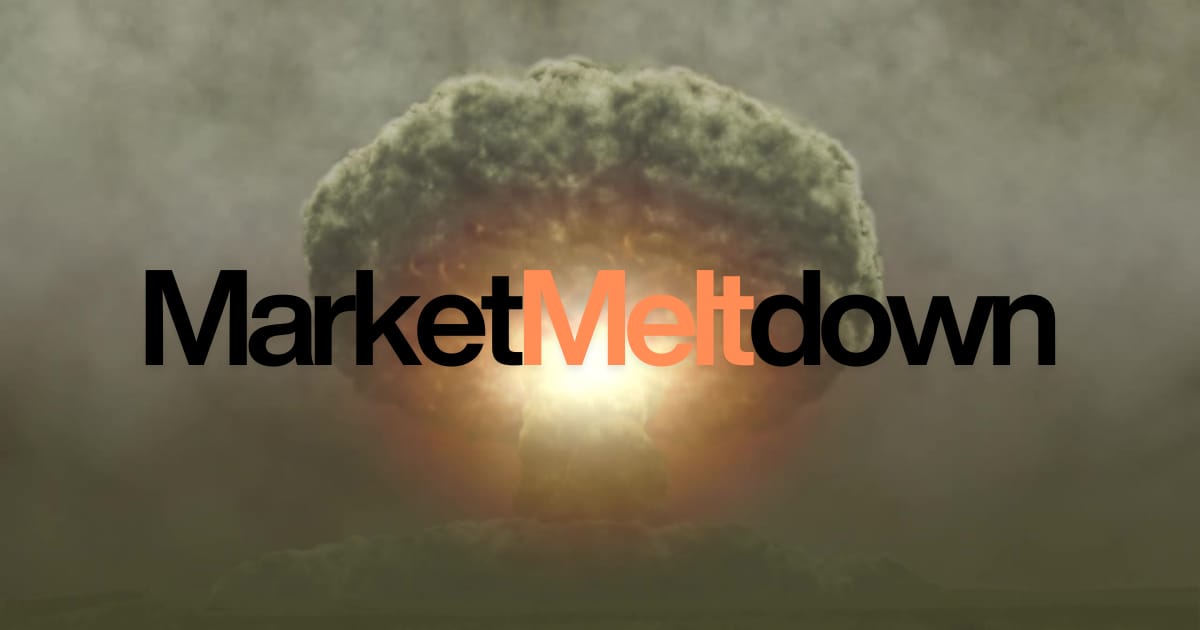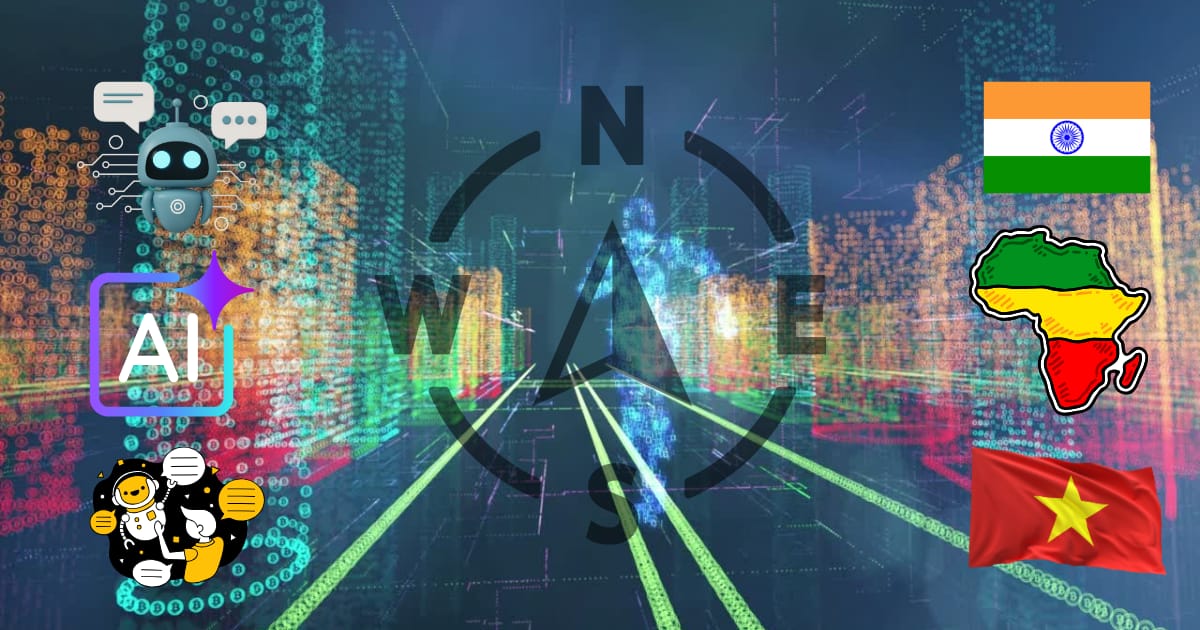- The Bread Bin
- Posts
- July’s Market Meltdown Hid a Secret Door to Value
July’s Market Meltdown Hid a Secret Door to Value
July’s market circus distracted most people. But hidden in the chaos were undervalued stocks and overlooked markets with real potential

Markets are like a football match where the crowd cheers the goals but ignores the quiet midfielders controlling the game. July’s headlines screamed about AI stocks and tariffs, but the real story was hidden in the quieter value plays.
Quick summary: July’s financial markets were shaken by Trump’s tariff policy, tech stock whiplash, and investor fears of a global slowdown. But beneath the noise, opportunities in value shares and overlooked emerging markets started flashing green.
TL:DR July at a Glance
July looked like chaos in the headlines, but the real story was hiding in the sidelines.
Category | What happened | Why it matters |
|---|---|---|
Indexes | S&P 500 flat-ish, FTSE 100 -1% | Headline indexes looked stuck in neutral. |
Tariffs | Trump exempted iPhones & laptops, hit steel, autos & chemicals | Winners: Apple & tech. Losers: carmakers, miners, and manufacturers. |
Value vs Growth | U.S. P/E ≈ 22 vs EM ≈ 12 | Emerging Markets traded at almost half the price of U.S. stocks. |
Flows | U.S. equity funds - $3.5B outflows; Asian ETFs + $2.1B inflows | Quiet shift of money eastward. |
Currencies | Dollar rebounded ~3% in July | Made foreign assets a bit more expensive again. |
Commodities | Copper -0.7% (small dip) | Often a signal of cooling demand before a rebound. |
Takeaway: July was noisy, tariffs, tech drama, AI hype. But the smart money was hunting in value shares and overlooked emerging markets.
Why it matters
If you only followed the headlines in July, you’d think the entire stock market was one giant AI casino. Nvidia, Apple, and Microsoft hogged the spotlight, bouncing around on news about tariffs and chip bans. But just like watching only the striker in a football match, you’d miss the subtle passes and positioning that really win games.

July reminded us of two truths:
Tariffs don’t just hit the country they’re aimed at, they ripple across global supply chains like a stone dropped into a pond.
Value investors, the ones hunting for “big hitters” (stocks that could grow tenfold), need to look where others aren’t. And right now, that includes beaten down industrials (manufacturing, construction, and other industrial activities), Asian manufacturers quietly re-routing supply chains, and emerging markets trading at bargain prices.
Investor Rationale
Stay calm: Focus on companies with strong balance sheets and the ability to pass on costs during tariff storms.
Tariffs: Use tariffs as a mental model reminder, second order effects, matter more than first reactions.

Look East: When the crowd runs west (AI), look east, as emerging markets like Vietnam, India, and Africa are quietly compounding.
Evidence & metrics
Tariffs: Trump’s July announcement exempted smartphones, computers, and semiconductors, but slapped heavy tariffs on steel, autos, and chemicals. That shielded Apple’s iPhone, but carmakers like Ford and BMW took hits.
Valuations: The S&P 500 ended July trading at a P/E ratio (price-to-earnings) of ~22, well above its long term average of 16. In contrast, MSCI Emerging Markets traded at P/E ~12, a steep discount.
Flows: Global investors pulled $3.5B from US equity funds in July but added $2.1B to Asian ETFs, betting on supply chain beneficiaries.
Currencies: After a weak first half (the dollar was down ~10–11%), the U.S. dollar index rebounded about 3.2% in July. That means foreign assets got slightly more expensive for UK / EU investors during July, reversing part of the earlier bargain
Commodities: Copper prices dipped a bit in July, less than 1% according to most data which may be a warning flag. Historically, even small drops in copper often show that industrial demand is cooling. If history plays out, that cooling might set up a rebound once demand picks up (e.g. construction, infrastructure, manufacturing).
Risks & counterpoints
Tariffs could escalate, hitting more sectors (especially autos and agriculture). Emerging markets may stay “cheap for a reason” if inflation persists or politics destabilise. And value shares can stay undervalued longer than expected, therefore patience required.
What a smart investor would do next
Screen for value: Look for companies trading at P/B < 1.0 with steady earnings, especially in Asia and Europe.
Watch tariff fallout: Follow auto, chemical, and steel industries for signs of overselling; short-term pain may equal long-term bargains.
Diversify beyond hype: Don’t just buy the striker (AI stocks). Add midfielders—banks, consumer goods, and infrastructure firms in emerging markets.
Already subscribed, then you don’t have to do anything except enjoy our great content.
If you haven’t subscribed yet and want more filtered insights before the market reacts. Sign up to the weekly newsletter now for the full playbook.
Quick favour - what part of today’s post stuck with you? The charts, the story, or the takeaway? If you think a mate would get something out of it too, hit the share button at the top of the page and pass it on. We’re trying to give as many people as possible, the chance to make their money work harder.
⚠️ Disclaimer:
This is for educational purposes only, and is not financial advice. Always do your own research before making investment decisions.